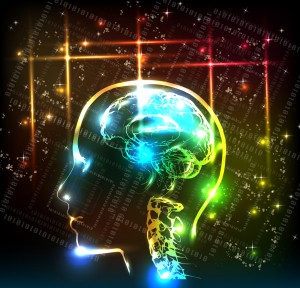Update: New brain science leads to new tools and to new thinking
October 31, 2012//Comments Off on Update: New brain science leads to new tools and to new thinking
 We often view memory, thinking, emotions, as completely separate entities, but they truly are part of the same process. So, if we want to improve brain health, we need to pay attention to the “weak link” in that process. In today’s society, managing stress and negative emotions is often that weak link, as we discuss during October Q&A session with participants in SharpBrains’ new e‑course. Time now for SharpBrains’ October 2012 eNewsletter, featuring new science, new resources and new thinking.
We often view memory, thinking, emotions, as completely separate entities, but they truly are part of the same process. So, if we want to improve brain health, we need to pay attention to the “weak link” in that process. In today’s society, managing stress and negative emotions is often that weak link, as we discuss during October Q&A session with participants in SharpBrains’ new e‑course. Time now for SharpBrains’ October 2012 eNewsletter, featuring new science, new resources and new thinking.
New science:
- Why Both aerobic and cognitive exercise promote brain health
- Beta amyloid build-up in the brain may increase risk of cognitive impairment more than having “Alzheimer’s gene”
- Survey: 40% who discontinue ADHD medication treatment concerned about loss of self
- Driving with satellite navigation contributes to inattentional blindness
- SSRI antidepressants linked to increased risk of stroke
New tools:
- Can biofeedback-based videogames help kids regulate anger and emotions?
- Monitoring cognition via mobile applications: iPad app analyzed
- Biofeedback now a “Level 1 — Best Support” intervention for attention & hyperactivity behaviors
- Combining non-invasive brain stimulation with cognitive training to treat Alzheimer’s Disease
- The Digital Future of Mental Health
- New self-paced course: How to Be Your Own Brain Fitness Coach
New thinking:
- Can brain training reduce cancer risk?
- Harnessing neuroplasticity to drive and repair brain development
- Master a new language and grow hippocampus and cerebral cortex
- Measuring and treating Chemo Brain
- Medicare to update reimbursement criteria for degenerative diseases such as Alzheimer’s, MS, Parkinson’s disease
- October Q&A session with participants in SharpBrains new e‑course
That’s it for now. Have a Happy Halloween!
Pic courtesy of BigStockPhoto
About SharpBrains
SHARPBRAINS is an independent think-tank and consulting firm providing services at the frontier of applied neuroscience, health, leadership and innovation.
SHARPBRAINS es un think-tank y consultoría independiente proporcionando servicios para la neurociencia aplicada, salud, liderazgo e innovación.


